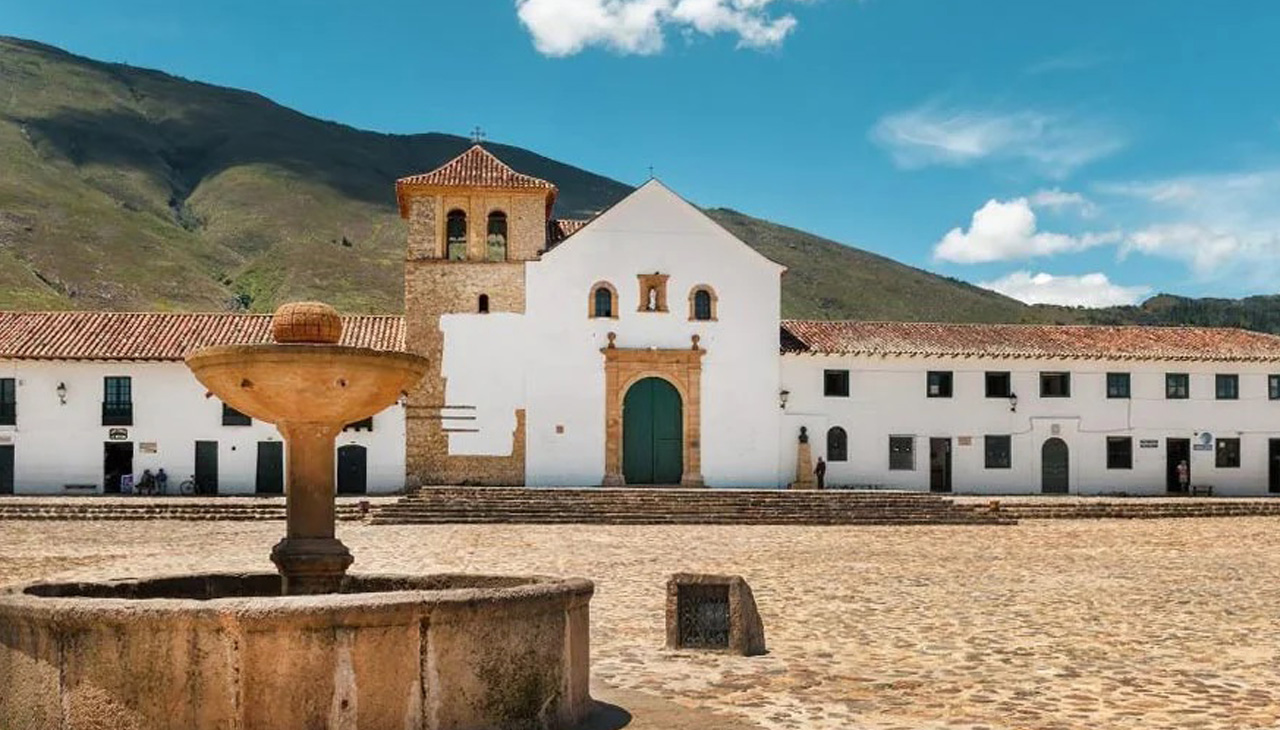
Sarrià: A peaceful oasis in Barcelona
Located in the upper part of the city, this residential neighborhood offers a haven of calm and tranquility for travelers who want to escape the masses.
August is one of my favorite months to walk around Barcelona. While the most popular neighborhoods of the city fill up with foreign tourists (i.e. Las Ramblas, Paseo de Gràcia, the Gothic Quarter and Barceloneta, with its beaches and beach bars), the more traditional residential districts are practically empty.
And it is there where the curious traveler can still find a certain authenticity and discover what life is like for locals who for one reason or another (in Spain it is still strange that people don't take vacations in August) have decided to spend the Summer months at home.
To find this "authenticity," Sarrià, a posh conservative district located in the upper area of Barcelona at the foot of the Tibidabo mountain, will not disappoint.
The origin of the Sarrià neighborhood is in an old municipality developed around a medieval church (Sant Vicenç) and several farmhouses. During the sixteenth and seventeenth centuries, it became a Summer destination for the wealthy families of Barcelona, who built their mansions there (many are still standing) to escape the heat of the city center.
At the beginning of the 20th century, Sarrià was one of the richest and most populated areas around Barcelona. In 1921, by royal decree, it was annexed to the city, being the last village on the plain to be incorporated into Barcelona.
RELATED CONTENT
Today, as the Barcelona Tourism website explains, the Sarrià neighborhood retains the village charm that excited the locals, with small alleys and quiet squares that start from the Major de Sarrià street, where houses that were once Summer houses stand, some with modernist architecture that can be seen in the old town, in the Plaza de Sant Vicenç or in the passage of Mallofré. Among the most outstanding buildings are the Casa Orlandai, a modernist jewel with splendid stained glass windows and interior decorations, the Sarrià Market, and the Teresian School, designed by Gaudí.
If what you need is to take refuge from the scorching sun and enjoy a bit of greenery, Sarrià has the Santa Amèlia Park, a pleasant green area sheltered by the shade of banana trees, where you will find the children and nannies of the wealthy classes of Barcelona spending the afternoon on the swings, or perhaps tasting an ice cream from one of the famous pastry shops in the neighborhood.
The best known of all is the Foix pastry shop (Pastisseria Foix), with more than 125 years of history, famous for its croissants, ice cream, and cakes and pies for Sunday family meals.
If the traveler is more savory than sweet, then there is another must stop at Bar Tomás, on Carrer Major de Sarrià, famous for having the best patatas bravas in town. Warning for those not fond of garlic: don't dare try them.











LEAVE A COMMENT: